Eastern Creek Incinerator: Western Sydney Business Chamber’s David Borger supports plans
It promises to cut landfill volumes across Western Sydney by 95 per cent and now the Cleanaway incinerator has a politic power player supporting its plans.
Blacktown
Don't miss out on the headlines from Blacktown. Followed categories will be added to My News.
IT may be facing scathing objections from neighbouring residents, local action groups and the NSW Labor Party, but the Cleanaway incinerator proposal is securing support from environmental and political leaders.
The $500 million proposal for the waste to energy facility on Wallgrove Rd, Eastern Creek — which earmarks the generation of enough energy to power 65,000 homes across Western Sydney and reduce landfill rates by 95 per cent — was announced on October 3 with a tick-of-approval by Planet Ark chief executive, Paul Klymenko.
In the days following, NSW Labor leader, Jodi McKay, called for the NSW Government to install a moratorium on all incinerator proposals until new building and production standards were established.
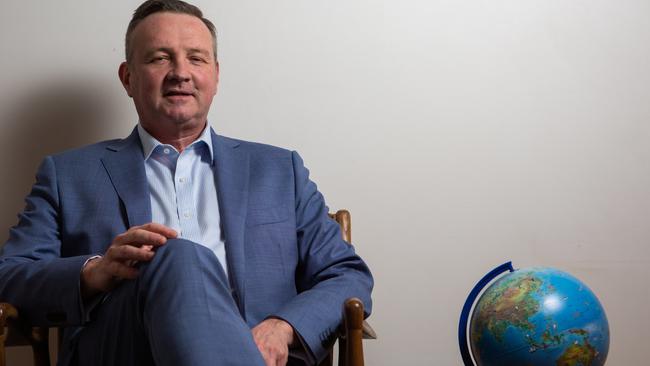
However, Western Sydney Business Chamber executive director, David Borger, has weighed in on the debate, calling for optimism on the “clean, green” project — comparing public angst to plans for the Western Sydney airport.
“I hope we don’t have to put up with 30 years of poorly informed oppositionism before Western Sydney becomes the first city in NSW to take a leaf out of clean, green Europe’s book and start safely transforming its household waste into energy to power our growing city,” he said. “It’s time for a reality check.”
Mr Borger said as Sydney continues to grow, landfill site are becoming finite.
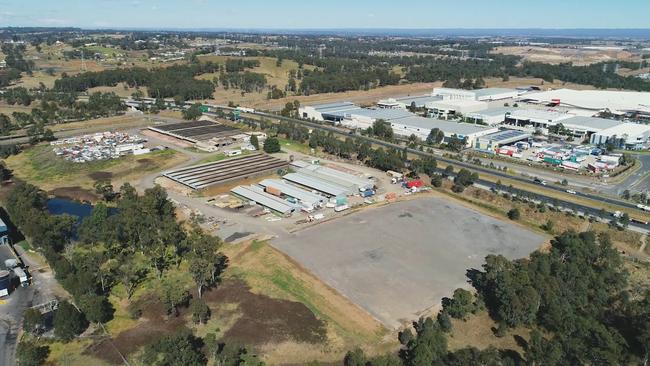
“We cannot afford not to follow cities like Paris, Copenhagen and Dublin in looking for better, more eco-friendly alternatives,” he said.
“At least 492 cities and towns in Europe are living happily alongside waste to energy facilities — reducing their landfills and powering their communities.”
The business chamber leader said the incinerator provided the option for western Sydney to “turn useless landfill into green energy that increases the available supply and helps drive household power bills down”.
“Our local councils have been looking for solutions to the waste crisis and here is one,” he said. “It’s safe and proven technology, it creates power, it reuses waste and it creates jobs. Three things we need in Western Sydney.”
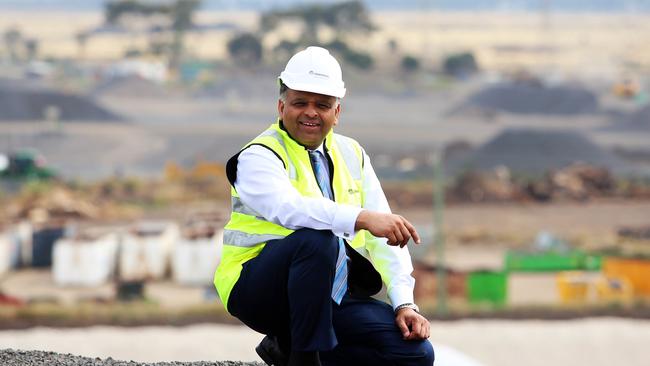
Cleanaway chief executive, Vik Bansal, said community engagement has already begun to “better understand community issues and ensure the application addresses them”.
“Over the last few days we have extensively letter boxed the homes and businesses in suburbs surrounding the Eastern Creek industrial area,” he said. “We are inviting every resident and business to contact us with questions and to see if we can meet further with interested people.
“The team is door knocking over 200 homes and businesses and ready to meet with residents when they need. We have had some very positive conversations with people. We want to reach out to as many people as we can.”
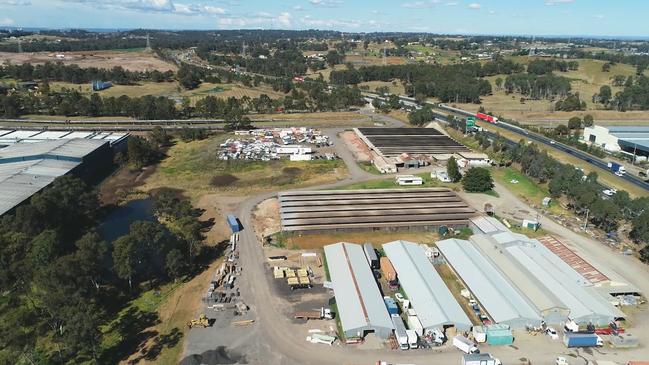
No Incinerator for Western Sydney spokeswoman, Jane Bremmer, said Mr Borger’s statement was “not only factually incorrect, but delusional”.
“Europe is taking the lead in decommissioning this industry because it is the most polluting and expensive way to manage waste,” Ms Bremmer said. “Recent studies out of Europe are urging countries to decommission old incinerators and not build new ones.
“That is because this industry has undermined the recycling industry.”
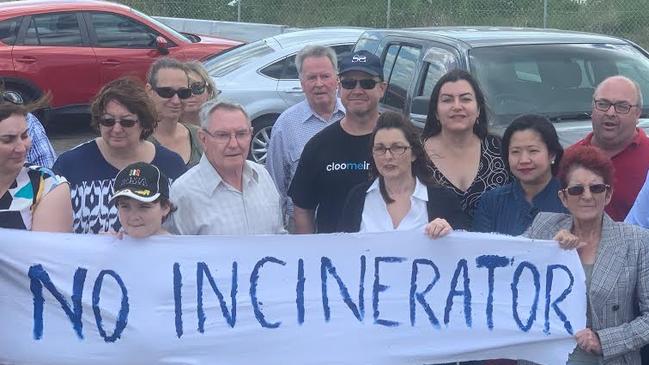
Ms Bremmer said Australia should learn from the mistakes of Europe, and “not introduce this polluting, dangerous and costly industry”.
“This industry emits more greenhouse gases per unit of energy that coal oil and gas,” she said.
“Cleanaway and Mr Borger show a gross disrespect to the NSW Government, their scientists and their regulators in Health, Environment and Planning, who unanimously rejected the same technology in the same location.
“Cleanaway and Mr Borger are ignoring the Australian Public Health Association’s meta-analysis, peer reviewed and published study on to the health impacts of waste incineration, which found that all incinerator technology harm human health.”

